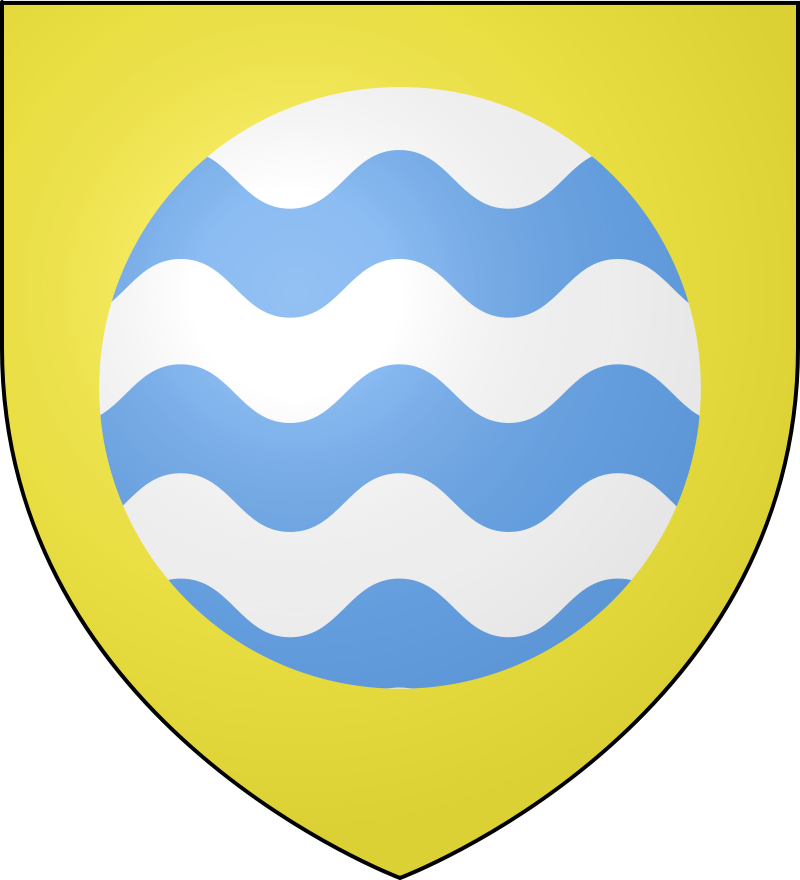Welcome to Fontana Local Council
Previous slide
Next slide
l-Fontana, simply known to the people of Gozo as it-Triq tal-Għajn, the way to the spring, took its name from a bountiful spring at the bottom of the main road of the village known as il-Għajn il-Kbira, the principal spring. The spring flows close to the spot where three valleys, Wied il-Lunzjata, Wied Siekel and Wied tas-Saqwi, converge into Wied ix-Xlendi. Wied is Maltese for valley. The village is thus very aptly called the village of valleys and springs. The name Fontana is Italian for spring.
The village rose along the hillside that from the south of the town of ir-Rabat (Città Victoria) falls down towards Wied Siekel on the east and Wied il-Lunzjata on the west. The earliest houses were built around the principal spring, where Wied il-Lunzjata converges on Wied Siekel to form Wied ix-Xlendi. The place was first settled by farmers who worked the fields in the vicinity. The early settlement is now referred to as Ta` Wied Siekel on one side, and as Ta` Għajn Tuta, on the opposite side.
The fields adjacent to the first settlement going uphill are known as Ta` Mulejja and this was the next inhabited area. From this point, the village did not develop further uphill, where it was too steep, but towards a section of ir-Rabat (Città Victoria) known as Santa Dminka. This section eventually became known as Tal-Isptar San Ġiljan. The next development, and the last for the next two centuries, was from the junction where these two sections met uphill towards Fuq it-Tomba, on the outskirts of medieval ir-Rabat (Città Victoria).





